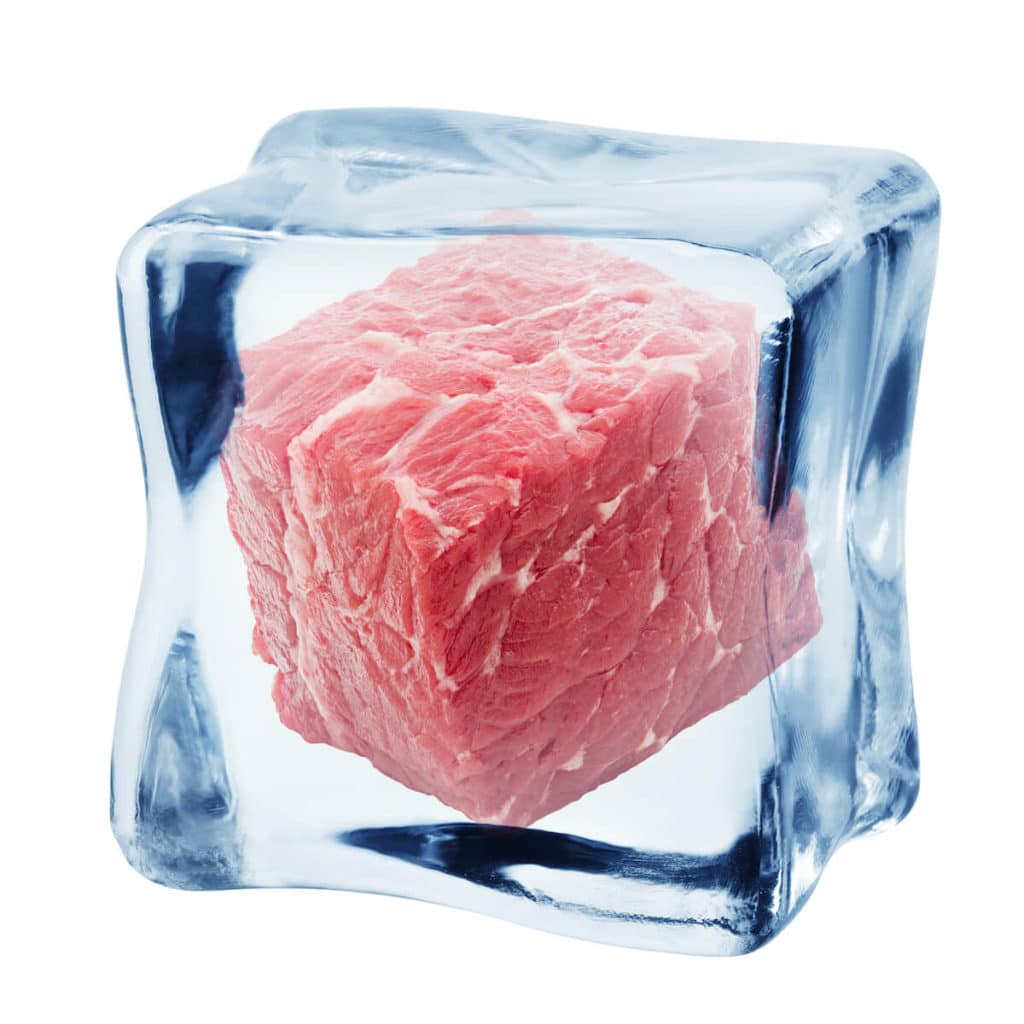It is a known fact that Japanese Wagyu meat has a significantly lower melting temperature than any other commonly consumed meat, but did you know about the correlation between Wagyu with an longer vintage and lower melting temperatures?
The average melting temperature of the fat in Japanese Wagyu is around 25°C (77°F), which is lower than the normal temperature of a human body and almost 1/3 of the melting temperature of other cattle breeds. Some Wagyu brands, such as Matsusaka Gyu, can have an average melting temperature as low as 17.4°C (approx. 63°F). So pretty much any Japanese Wagyu will give you the buttery melt-in-your-mouth sensation.
This effect is further enhanced when the vintage of a Wagyu animal exceeds 30 months. When an animal reaches 30 months in age, the melting temperature of its fat starts dropping dramatically. While maintaining the tenderness and sweetness, Wagyu with a vintage over 30 months tend to have a fuller flavor profile and a refreshingly clean aftertaste.
Within this general rule, there are discrepancies in melting temperatures depending on the bloodline, feed, and environment in which the Wagyu are raised.
The average vintage of beef cattle in the US is around 20 months, in Australia about 18 months, whereas Japanese Wagyu frequently reach 30 to 36 months, sometimes even over 40! Contact one of our Wagyu Sommeliers to learn how you can incorporate Japanese Wagyu into your low temperature cooking.

